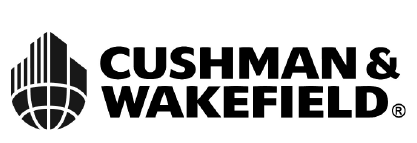
Students of Strelka Institute spent three months exploring global trends that will impact our life in the next century. One of the results of this work is the mural which represents landscape of imaginary Russia in the future. Exhibition of Strelka Institute educational programm




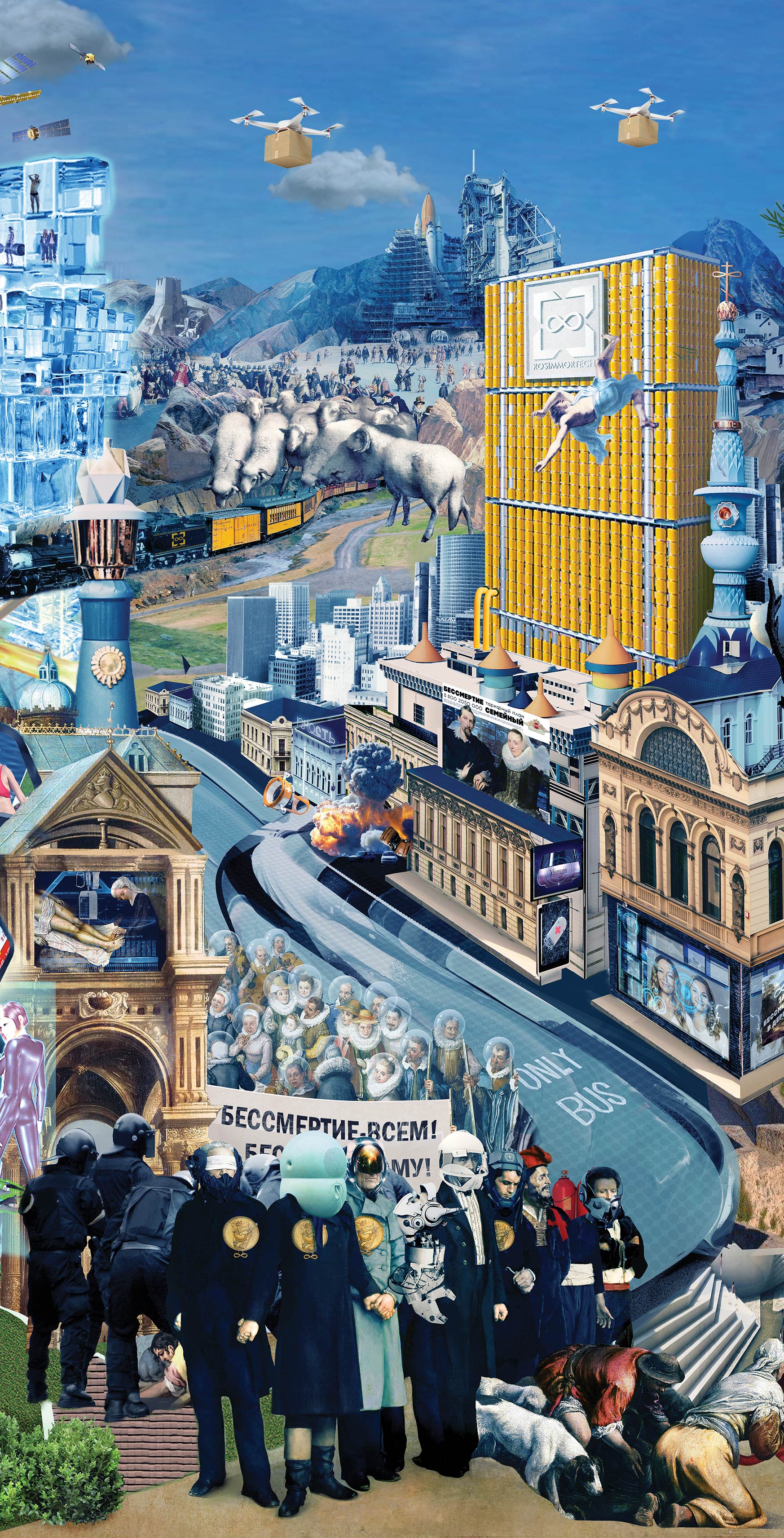






I.
Leisure Economy
I. Leisure Economy
Back to the mural
II.
Alternative Forms of Governance
II. Alternative Forms of Governance
Back to the mural
III.
Heritage Preservation
III. Heritage Preservation
Back to the mural
IV.
Surveillance Society
IV. Surveillance Society
Back to the mural
V.
Immortality
V. Immortality
Back to the mural
VI.
Knowledge Commons
VI. Knowledge Commons
Back to the mural
VII.
Agrarian Evolution
VII. Agrarian Evolution
Back to the mural
VIII.
Shrinking of Industrial Cities
VIII. Shrinking of Industrial Cities
Back to the mural
IX.
Bio-tech City
IX. Bio-tech City
Back to the mural
X.
Chinese Domination
X. Chinese Domination
Back to the mural
XI.
Water Scarcity
XI. Water Scarcity
Back to the mural
|
I
Leisure Economy 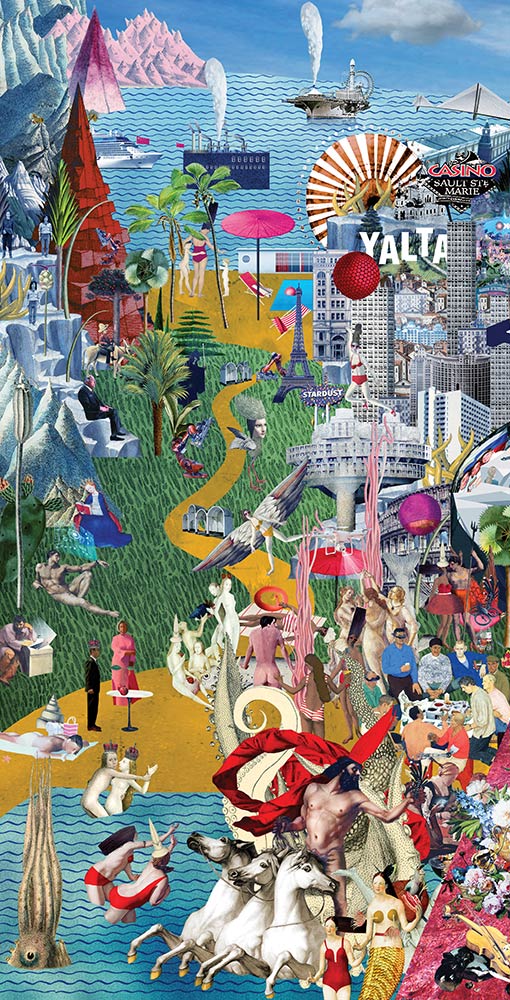
|
II
Alternative Forms of Governance 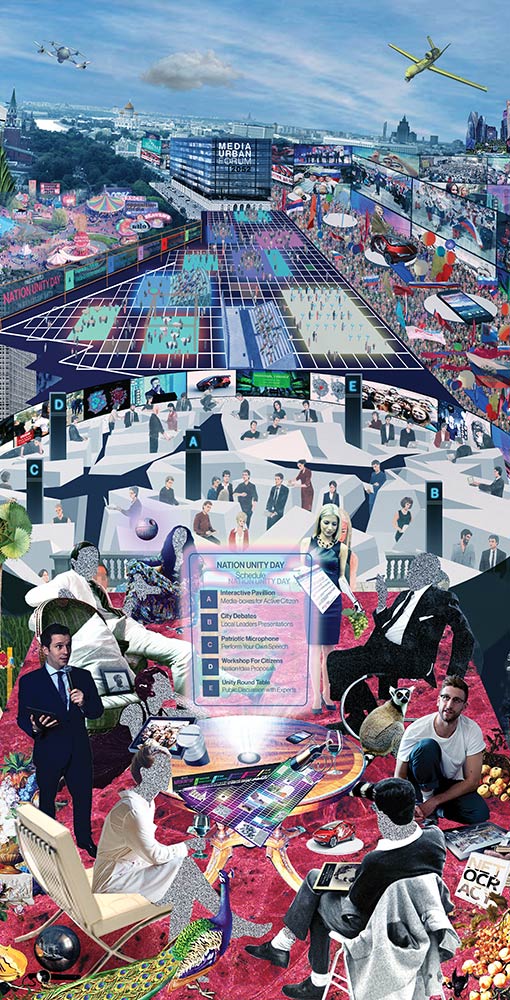
|
III
Heritage Preservation 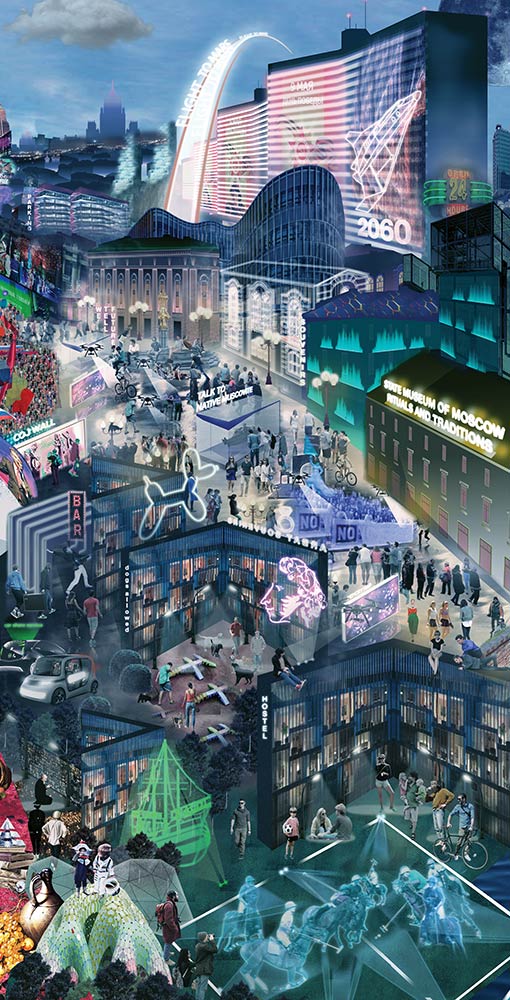
|
IV
Surveillance Society 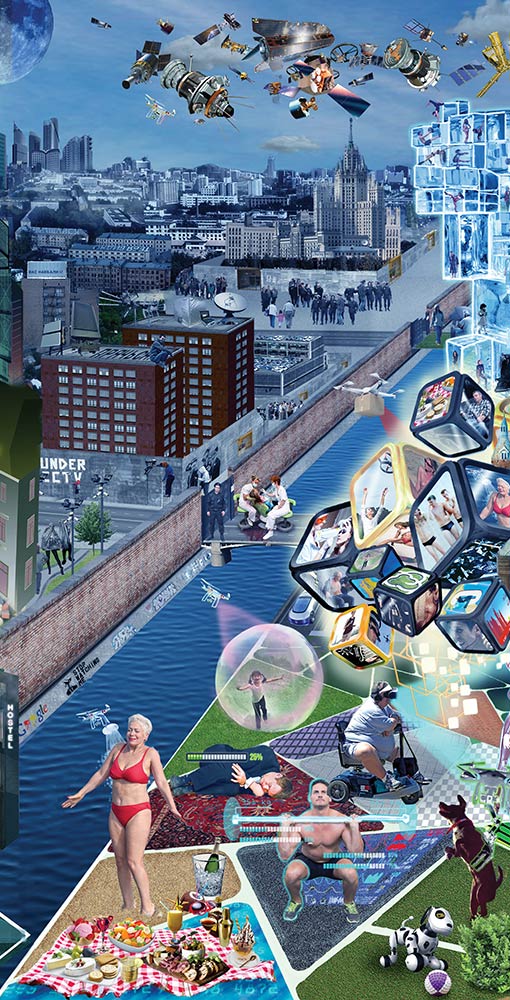
|
V
Immortality 
|
VI
Knowledge Commons 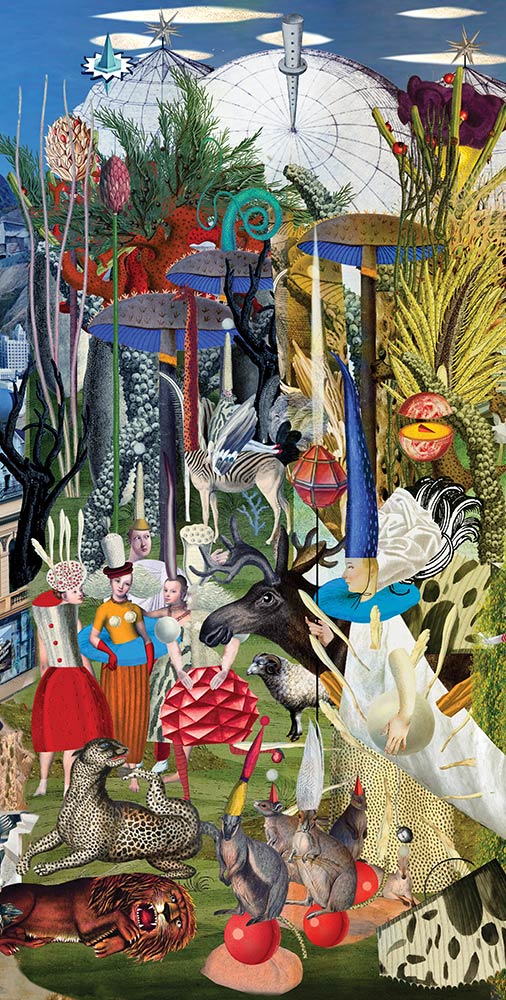
|
VII
Agrarian Evolution 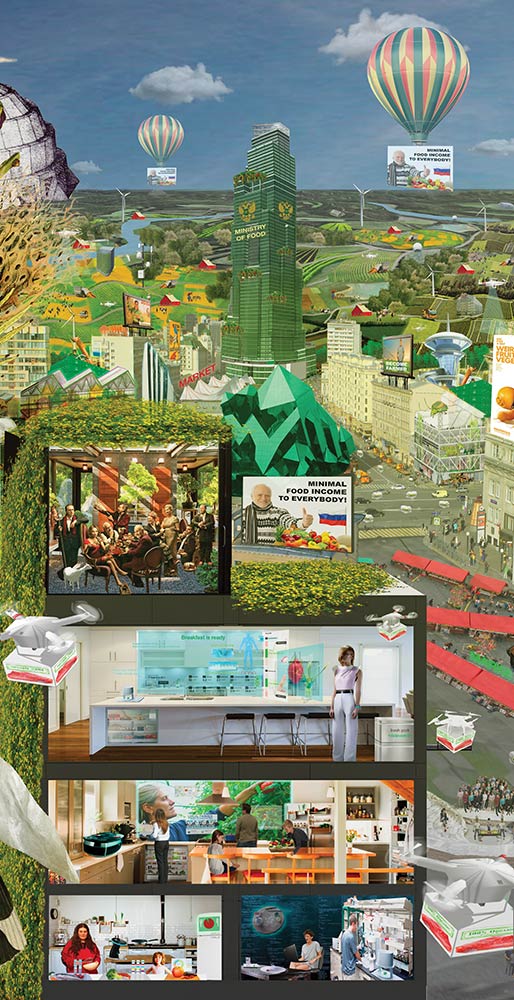
|
VIII
Shrinking of Industrial Cities 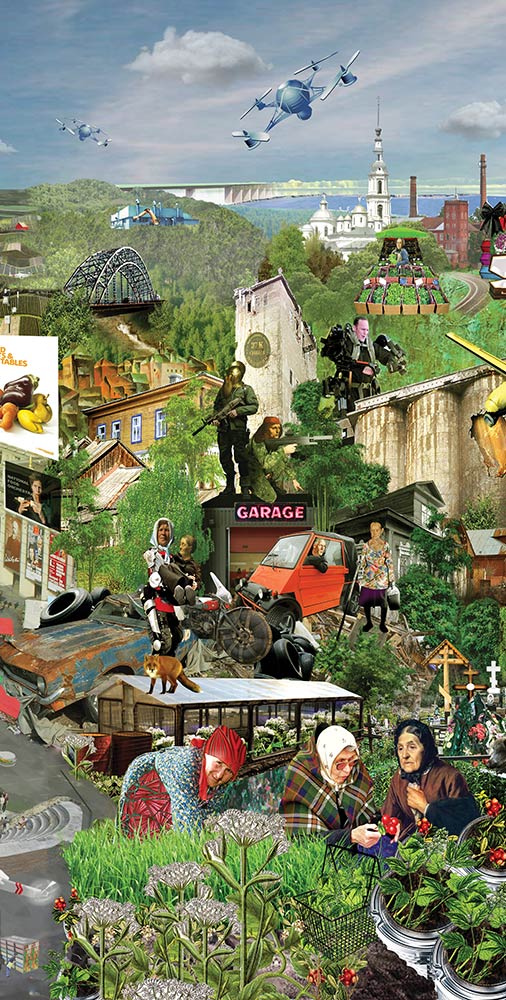
|
IX
Bio-tech City 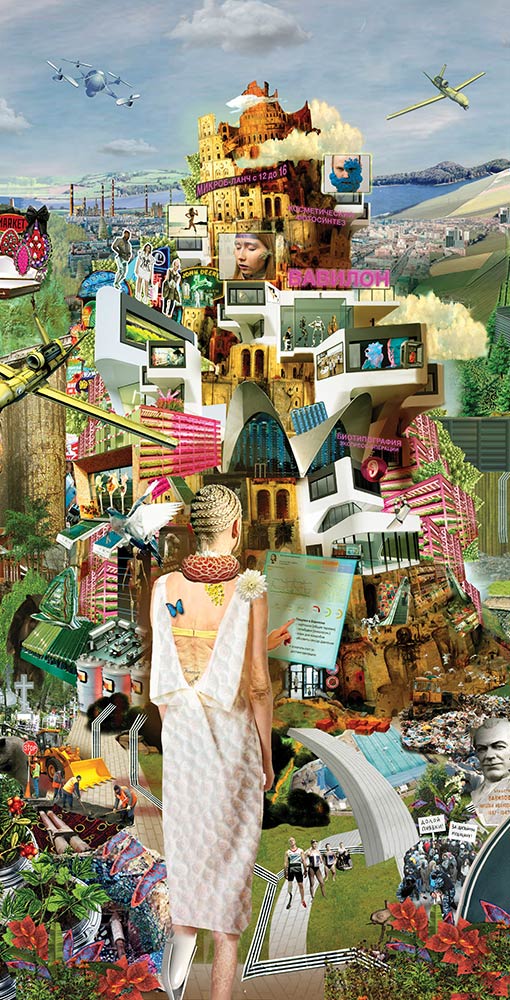
|
X
Chinese Domination 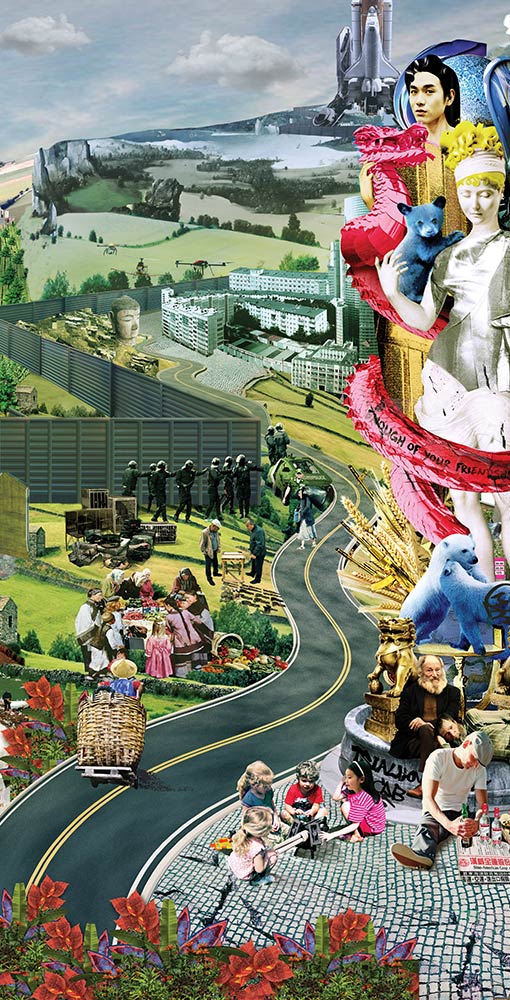
|
XI
Water Scarcity 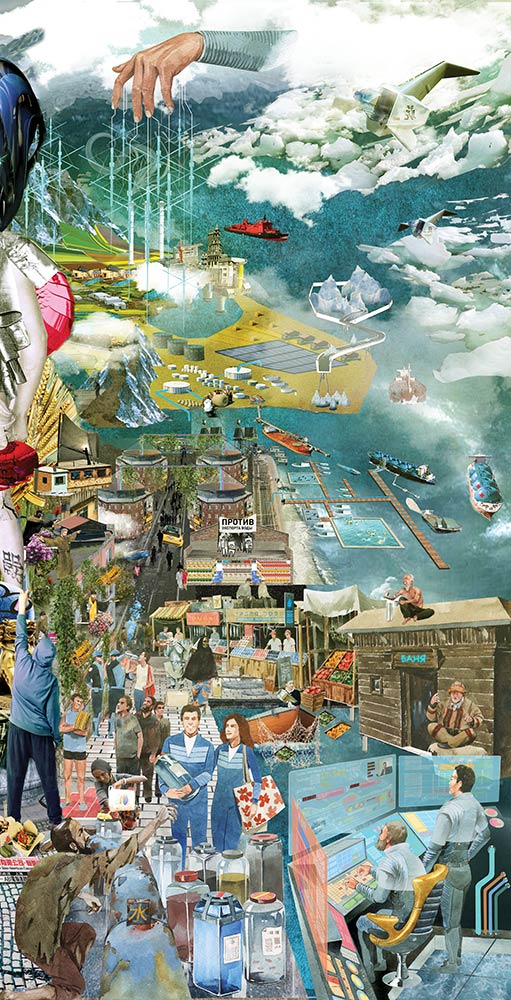
|




